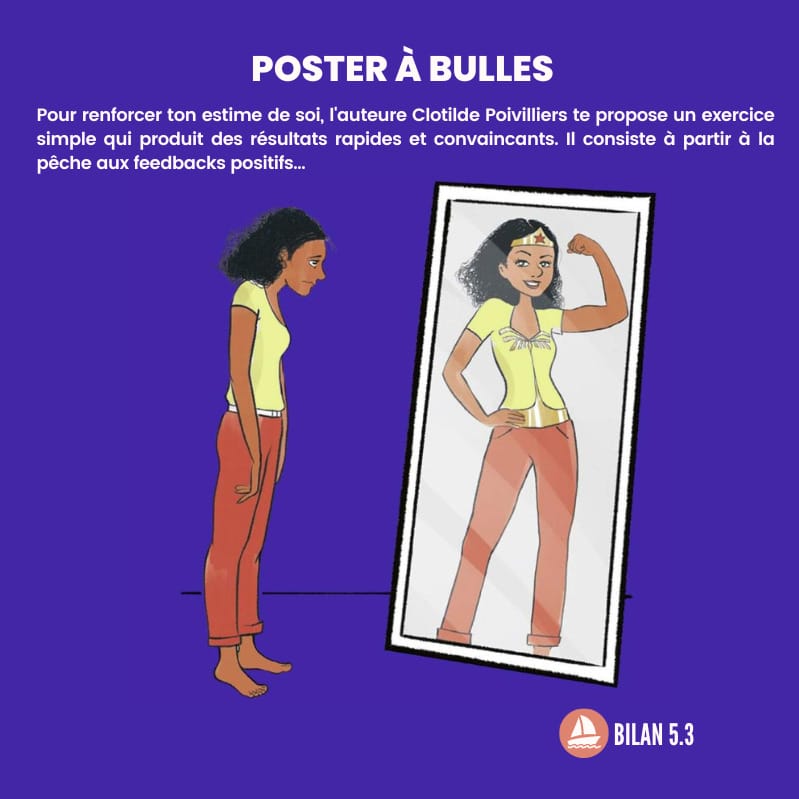To reduce obstructive sleep apnea syndrome in children, removal of tonsils and adenoids improves quality of life more effectively than simple medical monitoring.

When the tonsils are too large, these natural barriers provided against bacteria can then obstruct the airways. At night, in children, this situation causes snoring accompanied by breathing pauses, poor quality sleep, sometimes very agitated with sweating … Doctors then diagnose obstructive sleep apnea syndrome (OSAS). Between 1 to 3% of children in France are affected by this pathology.
Two strategies are possible: surgery or medical surveillance. A team of American researchers compared in different ENT departments their effectiveness in 460 children aged 5 to 9 years, diagnosed with moderate OSA. “The children were completely evaluated on inclusion in the study: quality of sleep measured with polysomnographic recordings, evaluation of behavior and attention, quality of life, neurocognitive capacities… Then, all these tests were done again.
carried out seven months after the surgery or after a simple medical follow-up ”, explains Doctor Nicolas Leboulanger, ENT at Necker Enfants-Malades hospital in Paris. Results: Sleep returned to normal in 80% of the children who had an adenomygdalectomy, compared to 46% of the non-operated children. “This study is really interesting because if we all had the clinical impression that removing tonsils and adenoids provided a benefit to children, this had never been proven in a very precise way”, says the practitioner of Necker hospital. However, it should be noted that the authors do not find any change in neurocognitive capacities whatever the strategy adopted.
Listen to Dr Nicolas Leboulanger, ENT at the Necker Enfants-Malades hospital in Paris. ” The quality of sleep, the quality of life, and the behavioral evaluations made in particular by the teachers were significantly improved in the group of children having had an adenomygdillectomy. “
Like any surgical operation, the removal of tonsils and adenoids is not trivial, with a risk of hemorrhage of nearly 1%. The risk is highest within 6 hours of the procedure and patients remain under increased surveillance during this period. They can then go home, but the medical team will make sure that the child’s family and friends have fully understood the precautions to be taken to avoid bleeding throughout the healing period, especially around the second peak of risk, between the 6th and 10th day after the operation. “In a child without any other health problem, the risks are low, especially if it is operated on in an authorized center with trained operators”, underlines Dr Boulanger.
Listen to Dr Nicolas Leboulanger. ” In the study, the authors note two cases of hemorrhage in the operated children but overall these children did not have more complications than the unoperated children.. “
Missing out on obstructive sleep apnea syndrome in children is also not trivial. On a daily basis, these are difficult awakenings, tired children during the day, irritable who can suffer from attention disorders. According to another American study, young people with persistent OSA have three to seven times more learning problems than others. Fatigue can also cause them to eat less, especially if the tonsils sometimes interfere with swallowing, sometimes causing stunted growth. And in the longer term, OSA can increase the risk of cardiovascular problems.
Listen to Dr Nicolas Leboulanger. ” In the longer term, for the more severe forms of OSA, there may be cardiovascular or metabolic complications. “
.












-1603206448.jpg)


